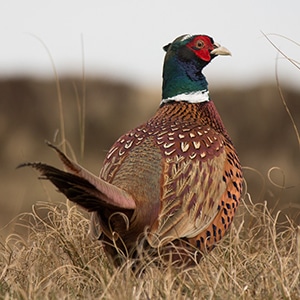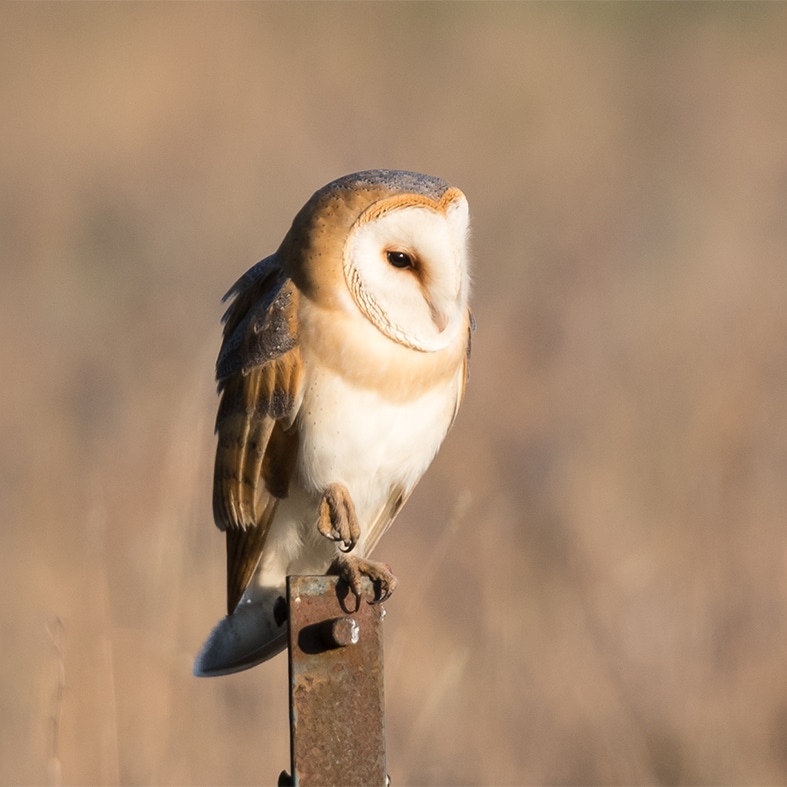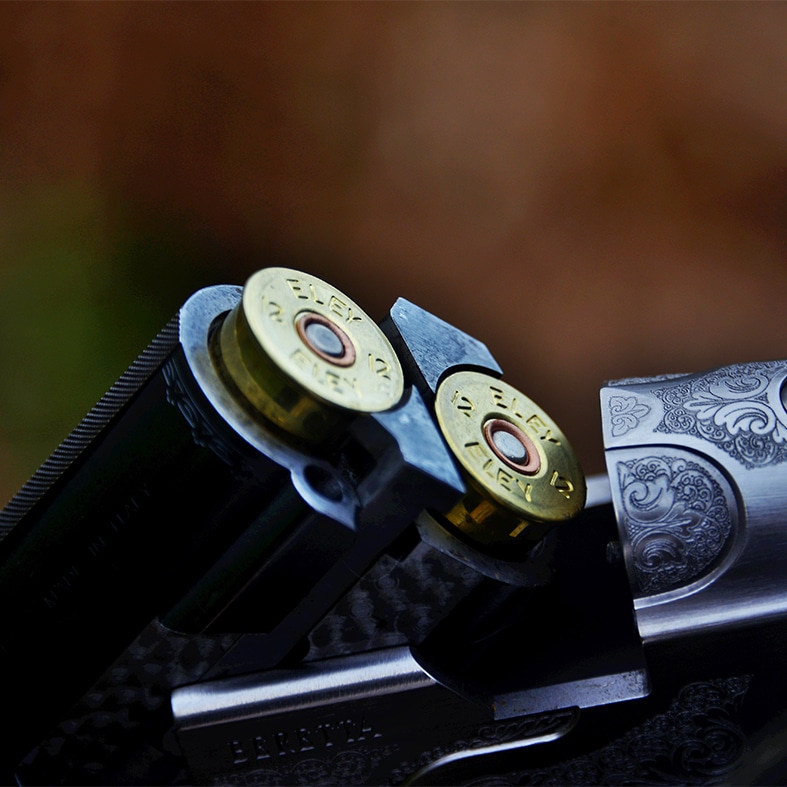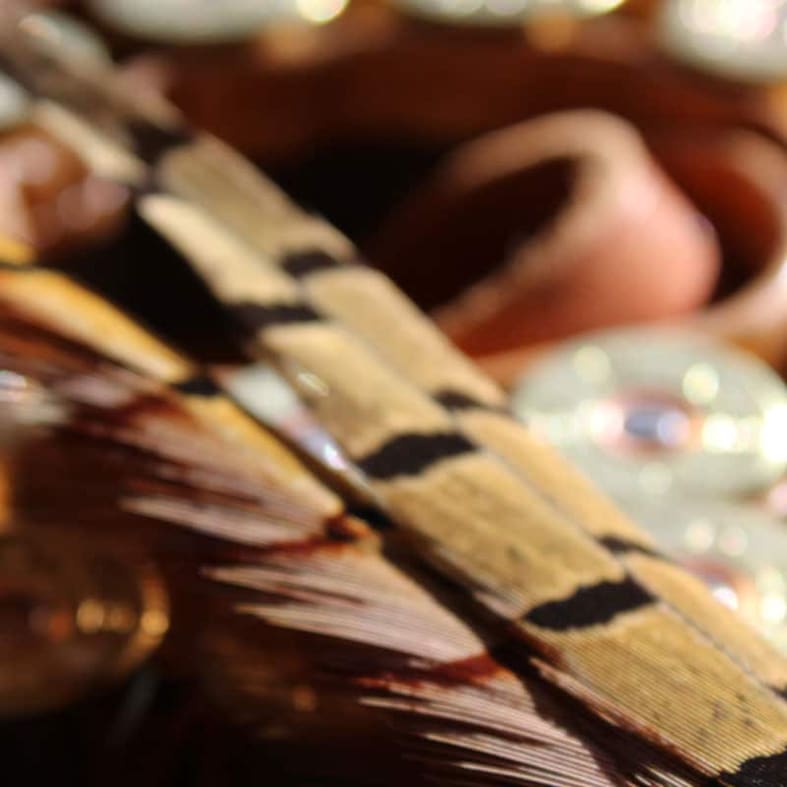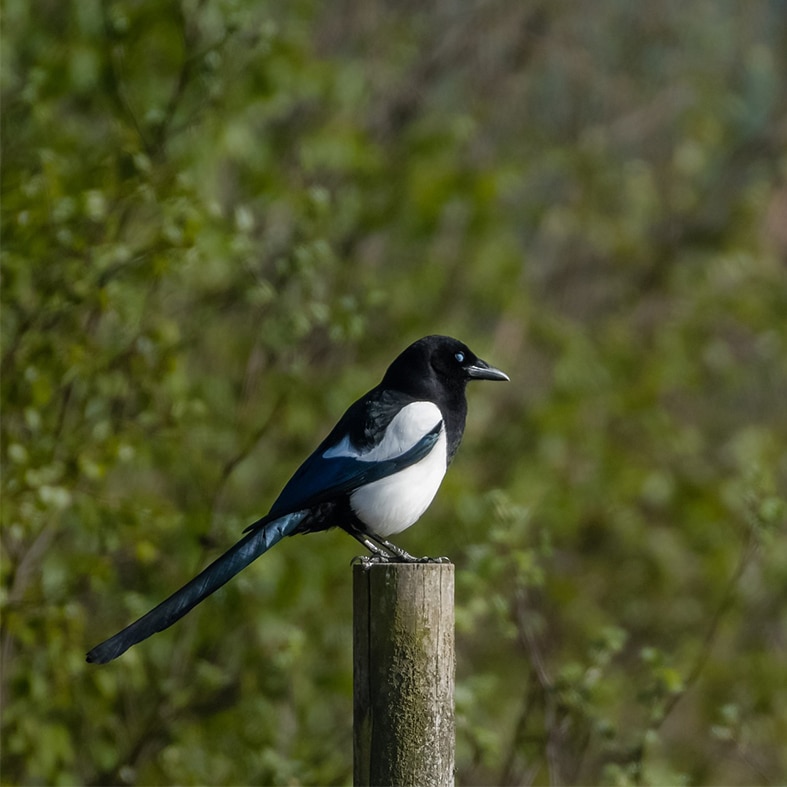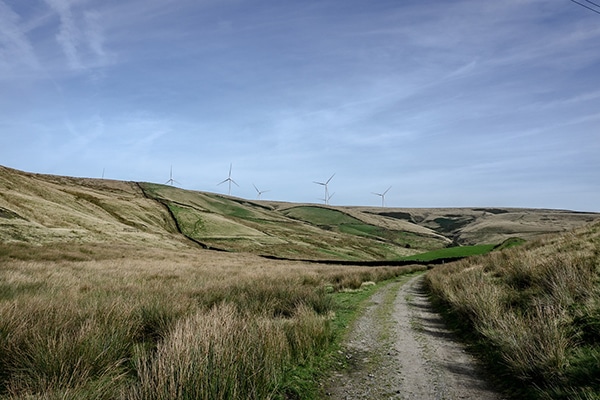


Deer Management Deer management advice Head measuring
Head measuring
BASC offers our fantastic head measuring service in partnership with the British Deer Society and Shooting Times magazine.
Why do we measure heads?
There are a few reasons we are proud to run the measuring service.
Firstly, by documenting hundreds of heads across all six deer species, it allows us to map trends across the UK. We have always known that the southern counties of England have always had good populations of very good quality roe deer. Through the data we have gathered, we can see that counties never previously known for their deer are beginning to produce quality examples.
This leads us to the second reason we offer head measuring and that is to promote good deer management across the country. With deer populations ever growing across the UK, it’s vital that we carefully manage their numbers to limit damage to the environment and to keep the deer populations themselves healthy. One by-product of well-organised deer management is quality antlers in mature male deer.
How to measure a head
Each of the six deer species measured by our service (plus feral boar and goats) has its own unique way of being measured.
Without going too in-depth, the key thing to remember is that every head we measure is being measured against what the perfect example of that species would look like.
So, for a roe deer, the perfect one would be very dark, very thick and very heavy. Sika, Chinese water deer and Muntjac need to be long and very symmetrical, while fallow need to be tall, wide and with impressive palmation. While Reds just need to be huge!
There are a variety of resources out there that can go into depth about the intricacies of measuring each species, but I would recommend asking one of our team at a show or game fair. We are more than happy to talk you through the process as we do it.
For more information about head measuring or anything deer management related, please get in touch with the BASC Deer and Woodlands department at Deer@basc.org.uk
Share

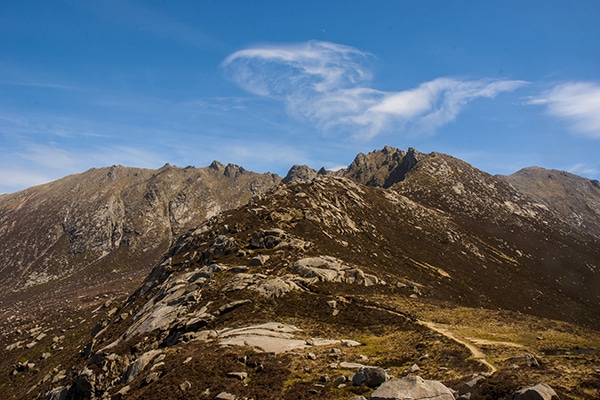
Arran stalking scheme
Deer stalking on Arran is a mixture of open hill and commercial forestry, so the terrain can be arduous and physically demanding.
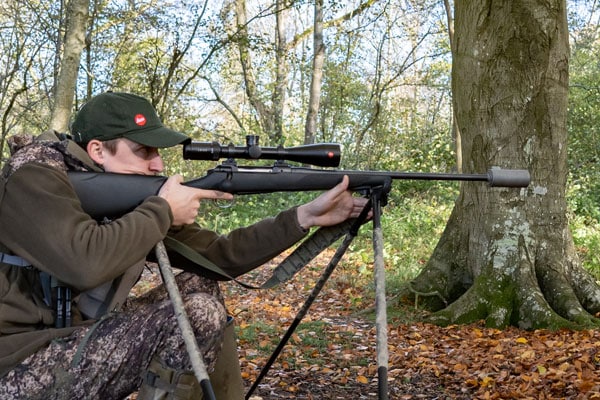
Deer Stalking Certificate (DSC1)
The Deer Stalking Certificate (DSC1) is designed for the shooter who has recently taken up stalking and is seeking further advice and guidance.
